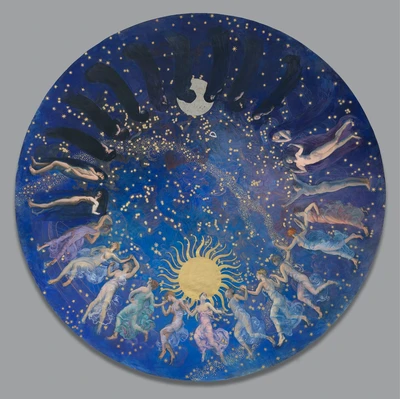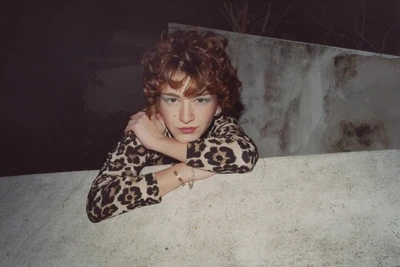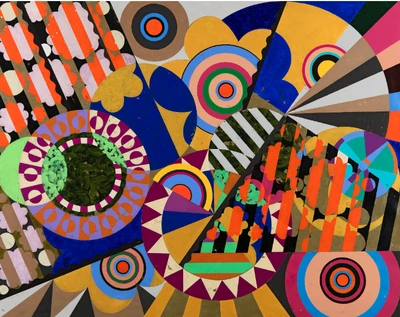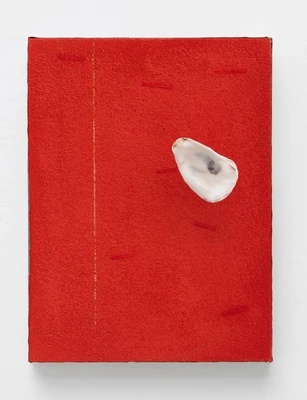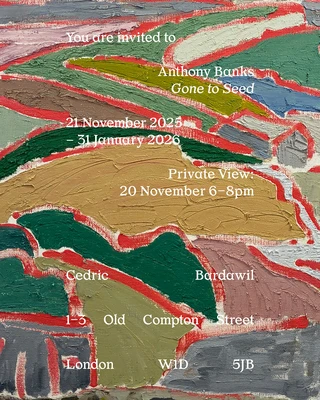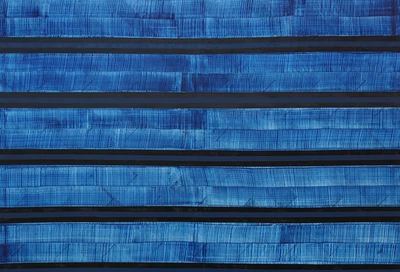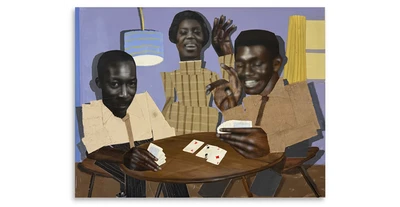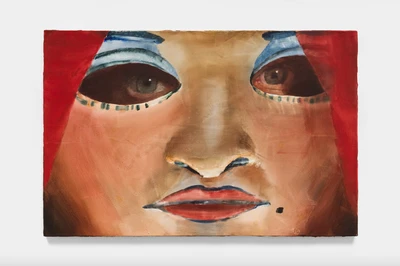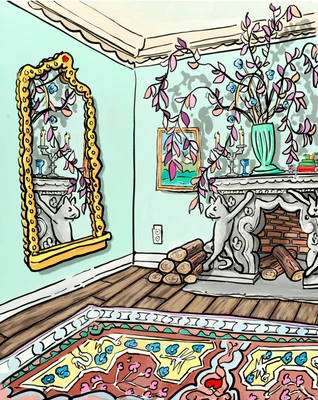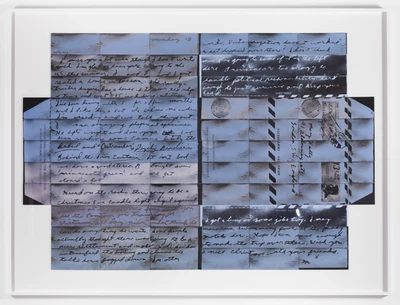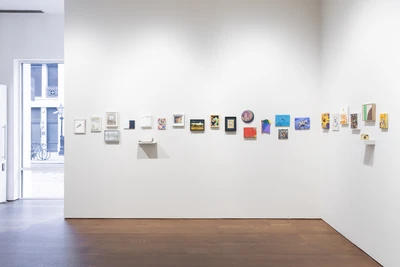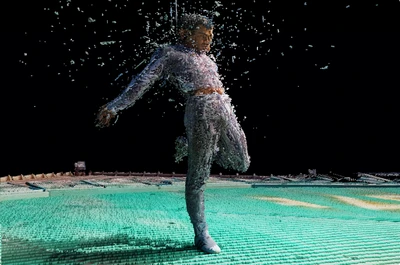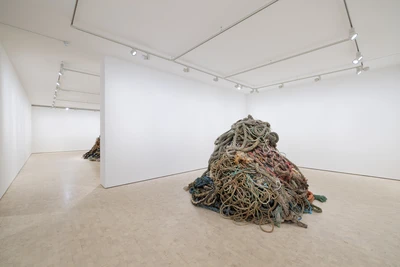Overview
Shore comprises three projects by Canadian artists from the Province of Quebec. Derived from the 2019 Manif d’art, the Quebec City Biennial, curated by Jonathan Watkins, its fundamental proposition asserts humanity as part of the natural order – not against nature – assuming perpetual metamorphosis as a fact of life. As a shoreline is subjected to the ebb and flow of the tides, the art works of Caroline Gagné, Nadia Myre and Anne-Marie Proulx are transformed by changing states and shifting perspectives.
Anne-Marie Proulx is heedful of ancestral knowledge and the symbolic heritage of the Innu people from Pakuashipi, on the Lower North Shore of Quebec. Through prolonged exchanges with the Innu community and photographic explorations of the northern landscape, she seeks to re-establish an emotional connection with the land by conceiving it as a living and communicating whole. For this exhibition Proulx puts a photograph on each wall of the gallery, corresponding to the four cardinal points. As she explains, “East is where the sun is rising, which is a way to reflect on commencements (of the day but by extension also of seasons, of birth). This is where light appears. The snow geese fly in v formation towards the South or North. South is when the sun is at its highest. It is warmth, movements and emotions. West is where the sun sets, it is more difficult to see things but it allows us to see differently, introspectively. North is where we can find the world of spirits, wisdom, knowledge, things that we cannot see but that are still there. And the North makes place for the East, for new commencements, always.”
Exercising a multidisciplinary practice built on new technologies and poetic contemplations, Caroline Gagné devotes herself to the artistic shaping of invisible phenomena, such as the subtle transformations of matter. Entitled Murmur (Bruire), her work here is an installation that derives a wide range of meanings from its circumstances, including the work of the other exhibiting artists. Loudspeakers fixed like limpets on a sheet of glass, balanced by a steel pole, play a composition made from recordings of sounds from the artist’s garden. Above all, we hear the sound of a bell ringing in the wind. On the floor is a rock and an iPhone, on the wall a framed photograph that corresponds to Proulx’s photographic installation. Gagné is nicely succinct in a recent artist’s statement: “Murmur is a work in which raw materiality takes precedence over representation. Steel, rock, and sound create a space in which the glass is inscribed as a sensitive membrane and contrasts with the glass of the iPhone screen, which is a ubiquitous cultural artefact in everyday life.”
Nadia Myre, an Algonquin member of the Kitigan Zibi Anishinabeg First Nation, develops strategies to restore the symbolic power of Indigenous artefacts and know-how. From a critical standpoint, her work underlines the colonialist dynamics inherent in Western modes of cultural dissemination and transmission. Her film here, Living with Contradiction, documents a round table discussion at a Truth and Reconciliation Summit (Banff 2016). The artists, art educators, curators and writers involved are particularly concerned with the life expectancy of Indigenous artefacts. They are critical of the cult of preservation that characterises museums, calling instead for a recognition of the impermanence of objects. They insist on a spiritual dimension that has more to do with the passing on of knowledge, infinitely more valuable than relics. They readily accept the ebb and flow of tides.
